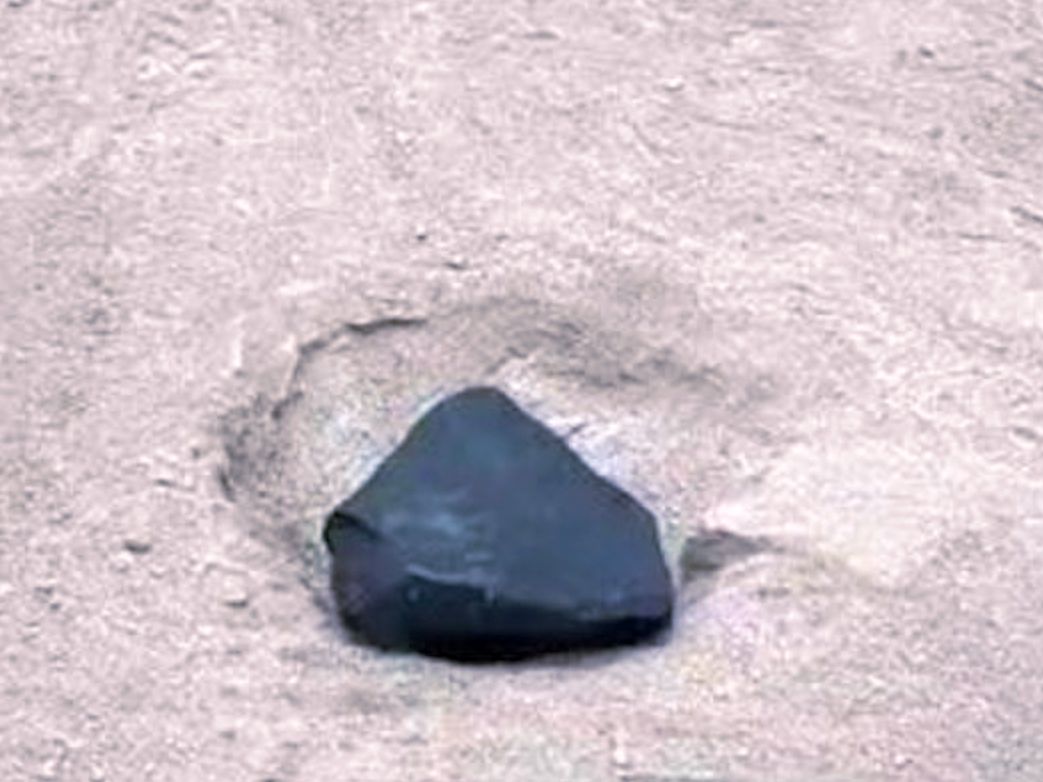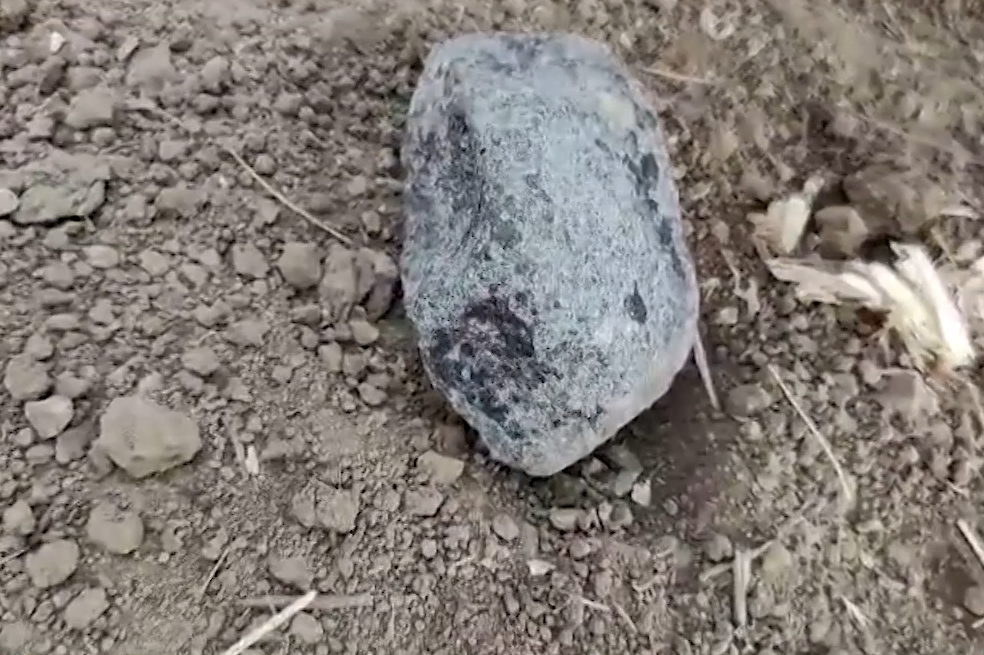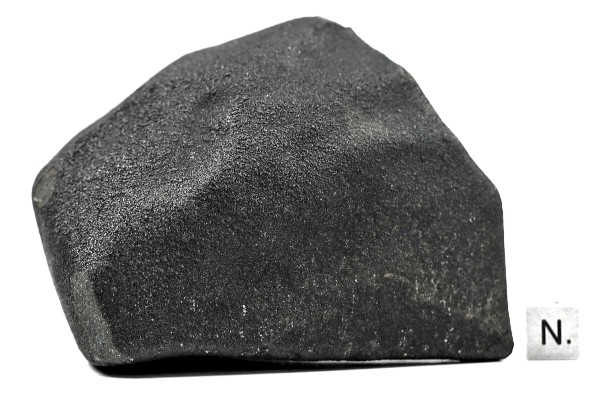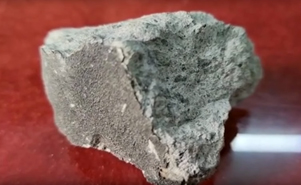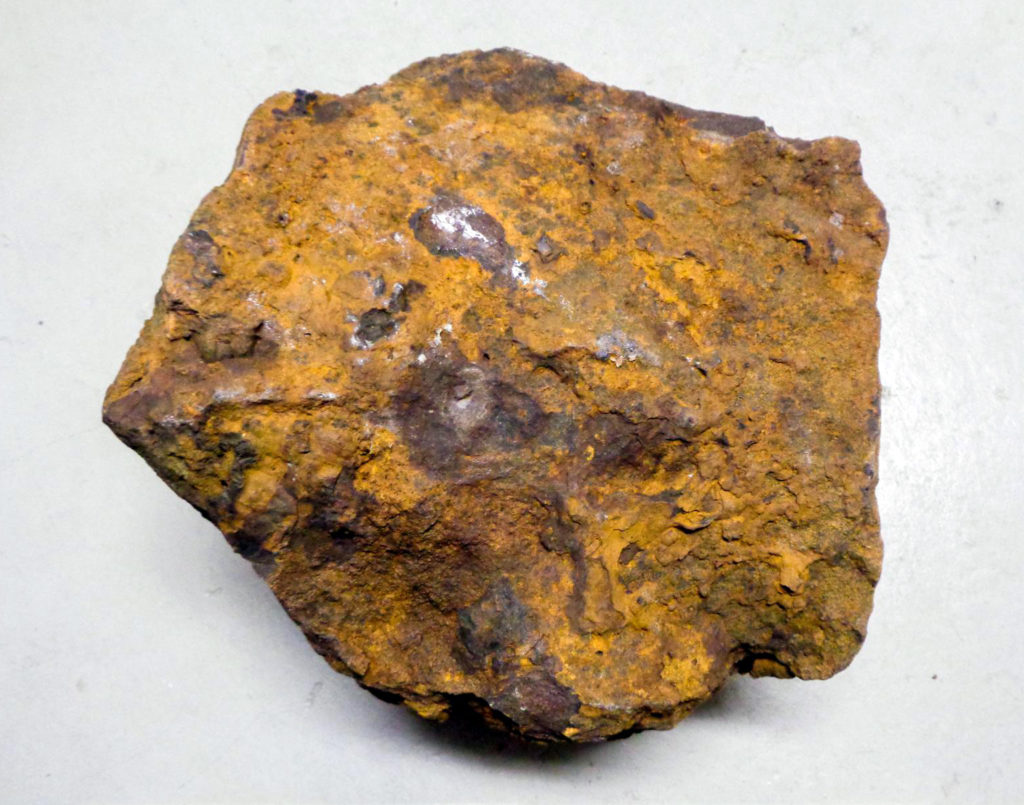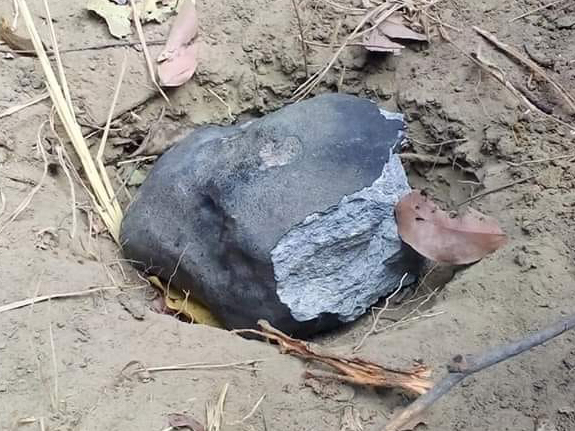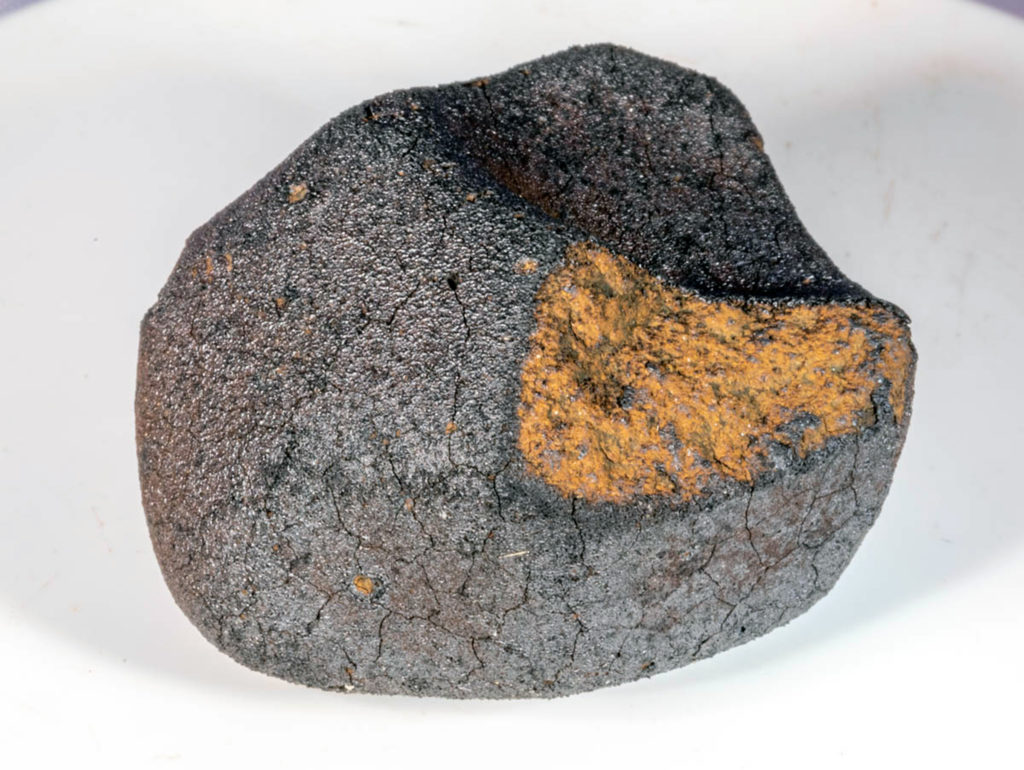Thermo-temporal constraints on CM parent body via spectroscopic study of insoluble organic matter
S. Natrajan, K.K. Marhas, V.J. Rajesh, A. Mitra
Chemical Geology
Available online 25 May 2025, 122880
“Highlights
- We present a novel approach to determine duration of alteration through IOM spectroscopic study.
- The CM meteorites could have originated from different regions of a multiple cloned small parent body or from the semi deep surface of a larger body and/or an aggregate of these .
- An attempt is made to parametrize open/closed system conditions based on functional group abundances
- In terms of the evolution of IOM and SOM we see that the temperature of alteration is the determining factor rather than the duration of alteration.”
“A comprehensive study was conducted using Fourier Transform Infra-Red spectroscopy and Raman spectroscopy on chemically isolated insoluble organic matter from sixteen different carbonaceous chondrites (CI, CM) to understand the alteration duration and temperature relationships within CM- CI like bodies. The average temperatures based on disordered components (indicators of the low temperature processes) of Raman spectra (TIOM), range from ~35 °C to 90 °C which are consistent with previously reported estimates. Using the established kinetic parameters based on insoluble organic matter, this study presents a novel approach to estimate duration of alteration in the CM parent body. An attempt is made to link the origin of the CM suite of samples from this study using the correlation between duration of alteration and parent body size as suggested by previous hydrothermal models. The majority of our samples fall into the category/ classification of multiple cloned small planetesimals or were part of an aggregate of these bodies (rubble pile). Infrared and Raman characteristics of Ryugu studies supports the correlation between parent body size, temperature, and the duration of alteration identified in our research. Additionally, we observe that the alteration of organic matter is regulated by the temperature of alteration rather than the duration itself. However further analysis is required to constrain the influence of other parameters that influence these spectral trends such as variations in water-rock ratios and the degree of system openness (open/close system based on local morphology).”


